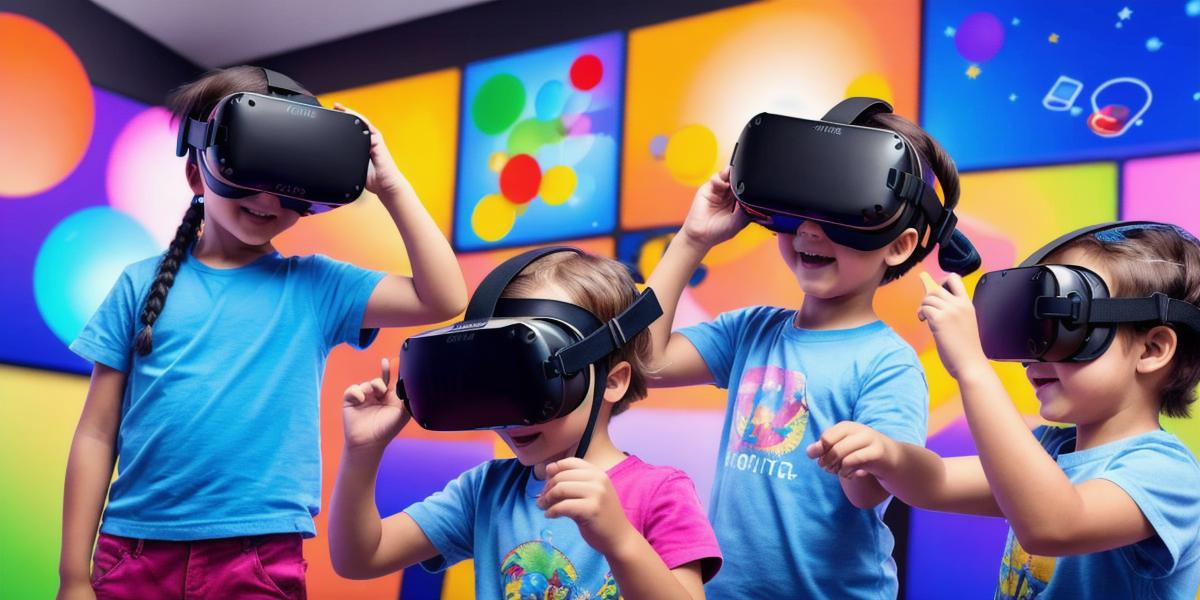Virtual reality (VR) technology has been rapidly evolving in recent years, and its impact on children’s development is a topic that has generated significant debate within the VR community. While some experts argue that VR can be beneficial for children’s learning, creativity, and social skills, others are concerned about potential negative effects such as motion sickness, addiction, and social isolation. In this article, we will explore both sides of the argument and provide a comprehensive analysis of whether VR is okay for kids.
Virtual Reality in Education: A Benefit for Kids
Virtual reality can be an effective tool in education, allowing children to experience new environments, interact with virtual objects, and engage in hands-on learning activities that may not be possible in traditional classroom settings. For example, VR simulations can provide students with a safe and controlled environment to practice surgical procedures or explore complex scientific concepts such as space exploration or biology.
Virtual reality can also foster creativity and imagination, allowing children to explore their own ideas and develop problem-solving skills. By immersing themselves in virtual worlds, children can create their own environments, characters, and stories, giving them the freedom to express themselves in new and exciting ways.
Virtual Reality and Social Skills: A Double-Edged Sword
While virtual reality can provide children with new opportunities for social interaction and collaboration, it can also lead to social isolation and a lack of face-to-face communication. Some studies have shown that excessive use of VR technology can lead to decreased social skills, as children may become more accustomed to interacting with virtual characters than real people.
Furthermore, some experts are concerned about the potential for VR addiction, as children may become so immersed in virtual worlds that they neglect their real-life responsibilities and relationships. This can have a negative impact on their overall well-being and development.
Conclusion: Balancing Benefits and Risks
In conclusion, while virtual reality technology has the potential to provide numerous benefits for children’s education, creativity, and social skills, it is important for parents, educators, and developers to be aware of the potential risks and take steps to ensure that VR use is balanced and responsible. This may involve setting limits on VR usage, encouraging face-to-face communication and social interaction, and providing guidance and support to help children navigate the virtual world in a safe and healthy way.
FAQs:
- What are the benefits of virtual reality for kids?
- Virtual reality can enhance learning, creativity, and social skills. It can also provide a safe and controlled environment for hands-on learning activities.
- What are the potential risks of virtual reality for kids?
- Excessive use of VR technology can lead to social isolation, decreased face-to-face communication, and addiction. Parents and educators should take steps to ensure responsible use.
- How can parents balance benefits and risks when it comes to virtual reality for their children?
- Setting limits on VR usage, encouraging face-to-face communication, and providing guidance and support can help children navigate the virtual world in a safe and healthy way.
